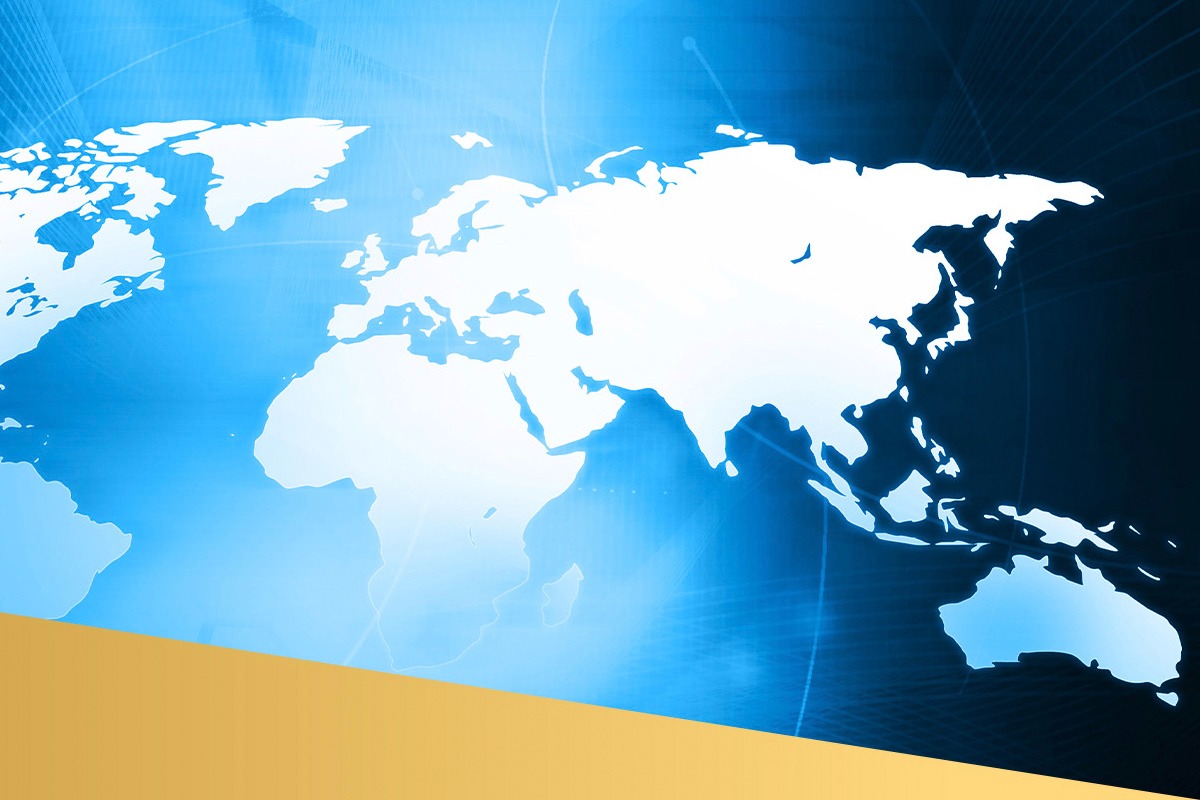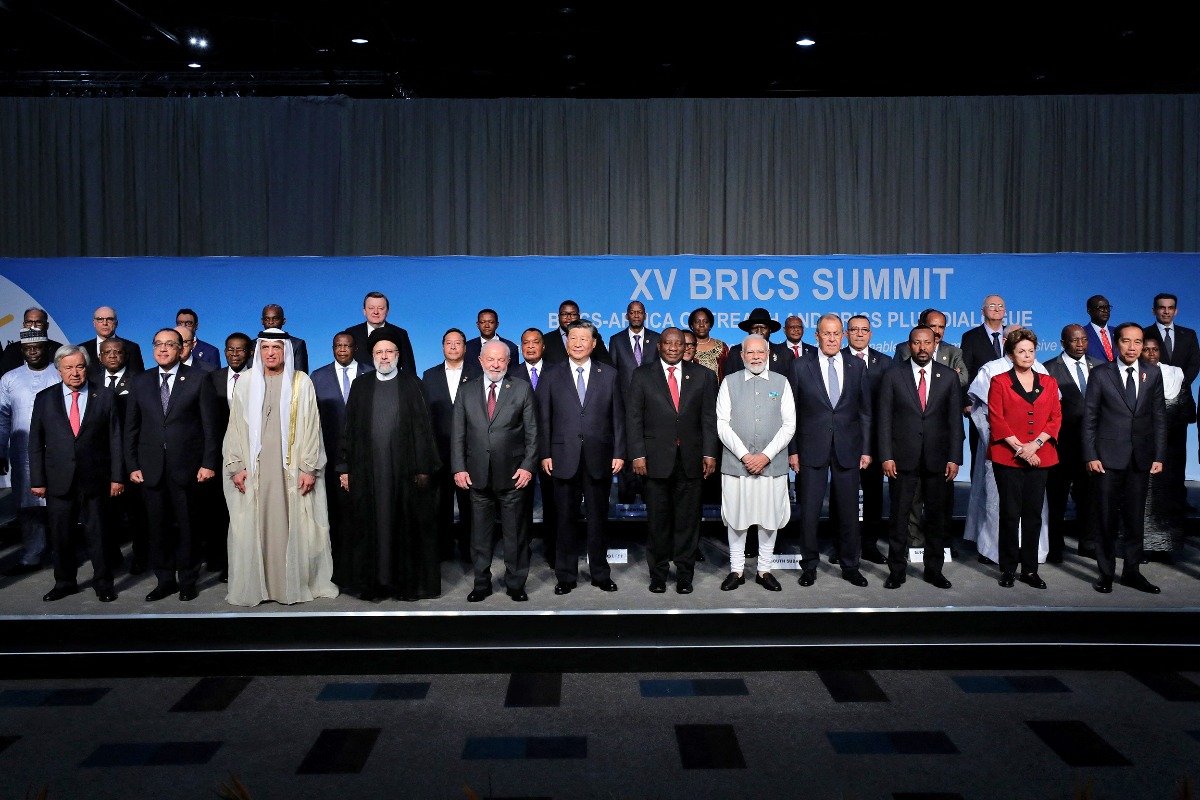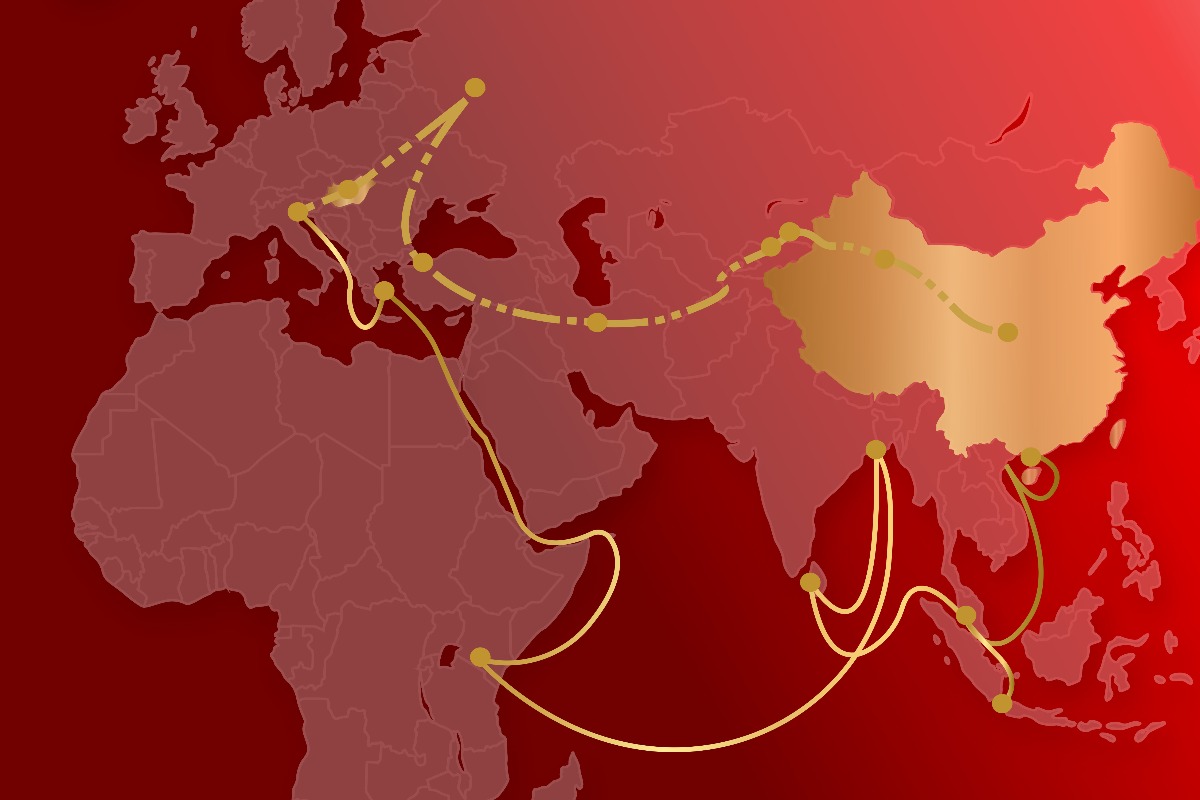Vietnam and the Philippines are also forecast to grow by an average of 4-5 per cent by 2050, climbing from 35th and 38th place to 20th and 19th place respectively. The Singapore dollar is already the 11th strongest currency in the world. There are tremendous economic and innovative developments throughout the region.
It is also important to note that 90 per cent of world trade is carried by sea, much of it in transit between ASEAN countries. The port of Singapore is the second busiest, the ports of Malaysia the 12th and 19th busiest and the port of Thailand the 20th busiest in the world (although other ports in Vietnam, the Philippines and Indonesia are also in the top 50).
Based on the above economic data, it is no coincidence that there is a major geopolitical struggle for the region. Historically, China has been a trading partner of Southeast Asia well before the 10th century due to its geographical proximity and technological development, in contrast to the Western powers that emerged with colonial intentions in the 15th century and were present in the region until the independence of Southeast Asian countries in the 20th century. The United States of America, whose historical record in Southeast Asia is not necessarily positive, continues to exert a strong influence in the region. In the 21st century, China is experiencing an economic and political renaissance, which is why relations between China and the region are becoming ever closer through China-ASEAN cooperation and the Belt and Road Initiative.
The West does not look favourably on the rise and the reshaping of the world order, and so the US announced its "Pivot to Asia" policy in 2011, which has been a constant source of dispute between China and countries in the region, although historical experience shows that it is not China that has caused the suffering of Southeast Asian countries for centuries.
Today, proxy wars are increasingly being waged in order for the West to prevent the emergence of a Eurasian supercontinent, and the Russo-Ukrainian and Middle East conflicts have broken the momentum of developing Eurasian connectivity. It is to be hoped that the Southeast Asian region will not become the theatre of the next proxy war of the West, which insists on a unipolar hegemonic world order.
Cover photo: iStock



